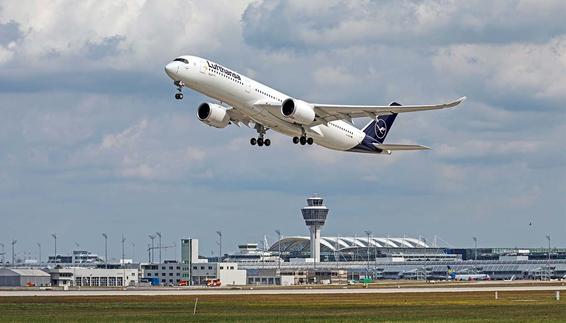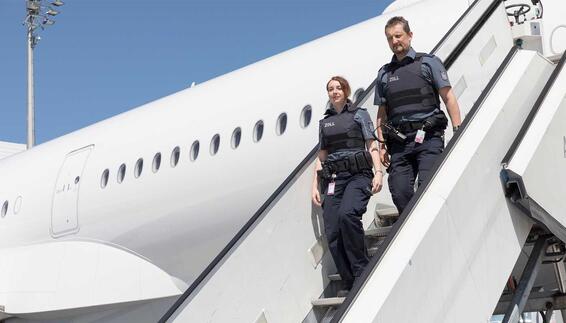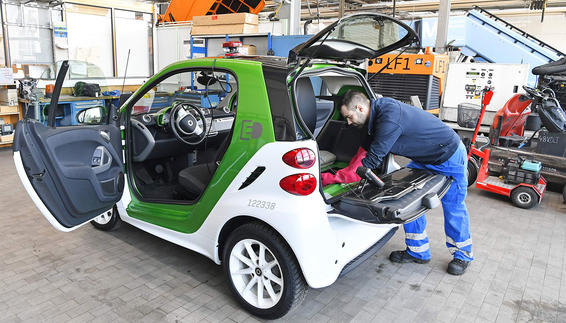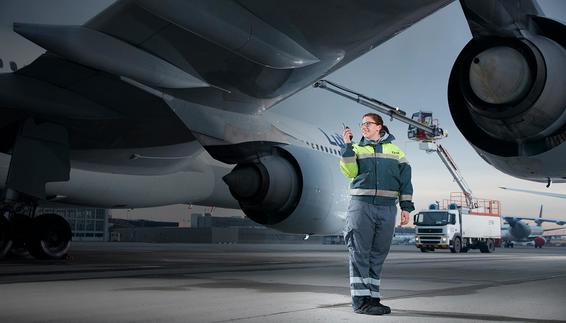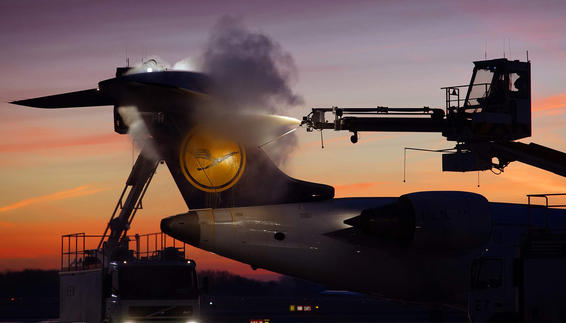From 2035, the operation of the airport should no longer leave any CO2 in the atmosphere. "Net zero" means that all emissions that the airport can influence itself must be reduced by at least 90 percent. The remaining maximum of ten percent should then be actively and permanently removed from the atmosphere with suitable projects.
How the airport wants to achieve net zero emissions
In order to achieve net zero emissions, measures are to be implemented in four key areas: In energy supply, buildings, the vehicle fleet and in the area of airport technical facilities. You can find more information on Munich Airport's net zero climate strategy here.
How the airport supports airlines in reducing their CO2 emissions
In addition to consistently reducing its own emissions, Munich Airport also wants to make a contribution to climate-friendly air traffic. The airport is therefore pursuing a dual climate strategy. Not only is ground power available at most parking positions, which comes from the power grid (and not from mobile diesel generators) - Munich Airport has also created the possibility of supplying aircraft with pre-conditioned air in an energy-efficient manner. This eliminates the need to start the aircraft's own auxiliary power units during idle times. A bundle of other measures and projects are intended to support the companies based at the airport - in particular the airlines - in reducing their own CO2 emissions. Munich Airport will also promote the reduction of these so-called Scope 3 emissions in particular through joint research and development projects.



